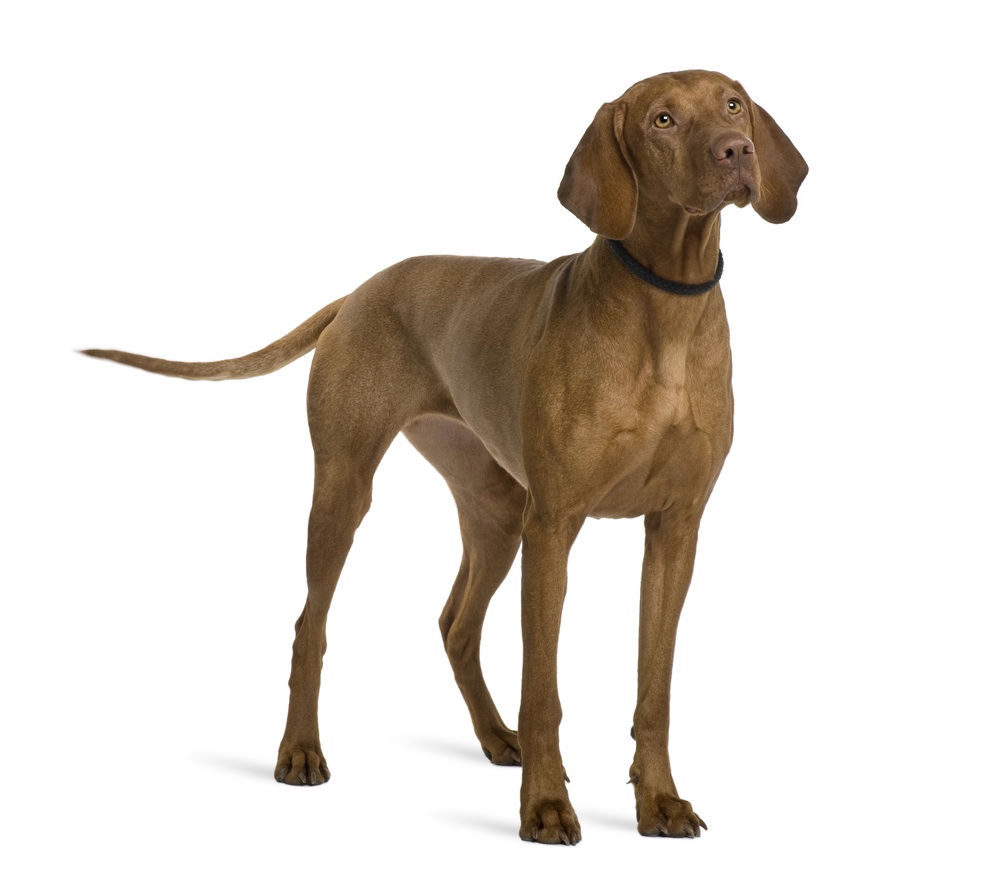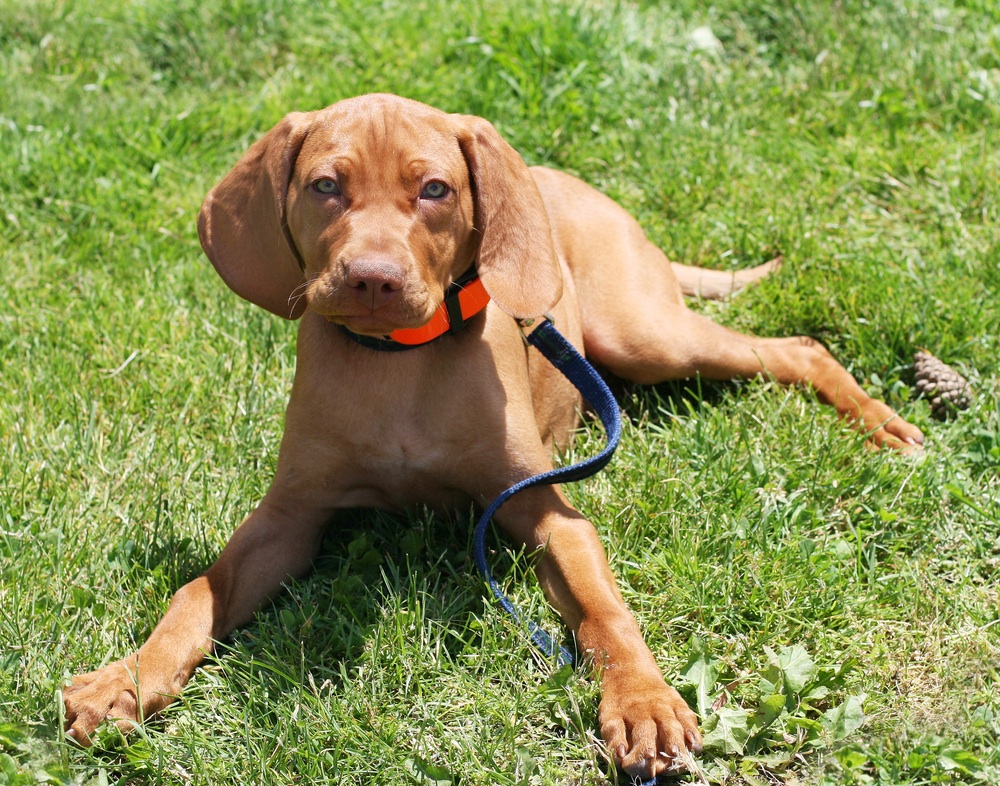Profiles - Hungarian Viszla

A member of this sleek, elegant gundog breed has just won the Crufts Best in Show award for 2010. Yogi, a seven year old male dog scooped the top prize at this world-famous event, out of nearly 22,000 entries representing some 187 different breeds.
The unusual name of this gundog, pronounced as “Veesh-luh", with the emphasis on the first part of the word, was originally used in the early 1500s. This was at a time when the ancient Transylvanian hound and the Turkish yellow dog were being introduced to the bloodline of this aristocratic breed. Vizsla is a Hungarian word which means “alert” and “responsive”, describing the nature of these gundogs. They are also quiet, not being prone to barking repeatedly.
Although they make excellent family companions, vizslak (the plural form) must have adequate opportunity for exercise and plenty of attention. Otherwise, they can develop signs of an obsessive-compulsive disorder (OCD), which may cause them to lick certain areas of the body persistently. Partly because they originate from a narrow bloodline, so some inherited problems such as idiopathic epilepsy have also been detected in the breed, and food intolerances and allergies have been recorded, but generally, they are healthy dogs.
The wirehaired viszla
There is also a rarer wirehaired form of the breed, evolved from crossings between the Hungarian vizsla and the German wirehaired pointer, which were carried out during the 1930s. As a result, these dogs have the characteristic dark yellow coloration of the vizsla combined with the rough, wiry coat which reflects their pointer ancestry. They have a distinct beard and eyebrows of longer hair which contributes to their appeal. Males may measure as much as 64cm (25in) at the shoulder, with bitches being slightly shorter in stature, and weigh up to 29kg (65lb).

Wirehaired vizslak were originally bred as gundogs, trained to point to indicate the presence of game, and then to retrieve it. This breed is still favoured in its homeland for retrieving game from water, because its coat gives better insulation against the cold than that of its smooth-haired relative. Although they are still kept for this purpose in some parts of the world, these gundogs are also becoming increasingly popular as companions and family pets, because of their good natures.
Both types of vizsla only became widely-known outside their homeland after the Second World War, when Hungarian refugees took their dogs both to Europe and North America. The origins of the vizsla itself can be traced back much further however, with representations of similar dogs carved on rocks in Hungary dating back nearly 2000 years.